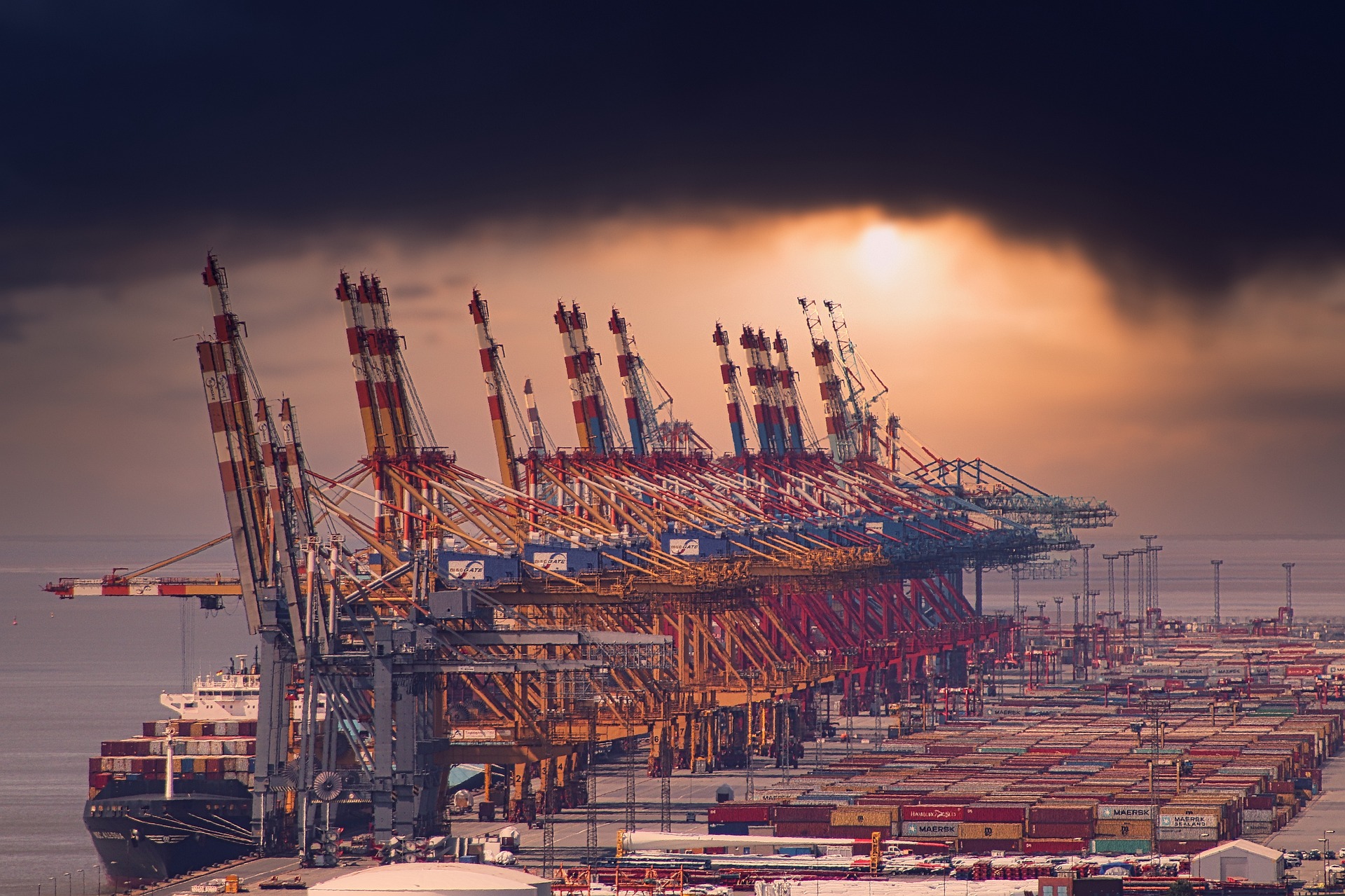
Businesses that buy, sell and move commodities use CTRM software to help back-office staff manage tasks such as logistics and compliance. Newer CTRM systems go a step further, using AI and live data to eliminate human error, automate processes, and provide traders with data-based risk warnings to guide their decision making and improve their profitability.
What does CTRM software include?
Most legacy CTRM software specialises in a single commodity types such as soft commodities (for example nuts and dried fruit), or secondary raw materials. They come with standardised processes that are mostly hard-wired into the system. Aside from the usual order management and reporting functionality, most legacy CTRMs integrate with accounting softwares, but lack the ability to manage live data or adopt AI. Enterprise-level CTRM may provide tools to manage currency hedges and futures contracts.
Newer, AI-enabled CTRMs can be customised to handle most commodities and processes. Some will use a single source of truth database to automate documentation and reporting. Others will use AI to read and manage invoices, and provide API technology to exchange live data with shipping lines and other third parties such as HMRC’s Customs Declaration Service, formerly CHIEF. Mobile apps for remote working, accurate cashflow forecasting, and a number of risk management tools can be offered. Next-gen CTRMs generally operate on a software-as-a-service (SaaS) model, providing small and medium sized businesses with greater access to advanced technology.
What risks can CTRM software manage?
International commodity trading is inherently risky. External shocks such as geopolitical events, extreme weather, currency fluctuations, and the price of oil often impact the final cost of a physical commodity shipment, especially soft commodities. Because these shocks are difficult or impossible to predict, a deal that looks profitable when a contract is signed might turn out to be loss-making by the time it completes, putting the trader’s capital and profit margin at risk.
Not all risks are out of a trader’s control, especially when they have access to high quality data. Despite this, many over-the-counter traders still rely on gut instinct to make risk management decisions. Without accurate data on the load performance of suppliers (which measures whether suppliers deliver on what they promise over time) or how many questionable quality claims an overseas customer makes in the hope of compensation, traders are at risk of making poor decisions. Some don’t even have organised hedging strategies to manage currency risk.
Who uses CTRM software?
Large energy and commodity traders used to be the main market for CTRM systems due to the expense of buying an enterprise license, and the amount of training and onboarding time required to master the complexity of legacy software. Smaller traders and merchants, meanwhile, muddled on with spreadsheets and standard enterprise software such as Microsoft 365. In fact, many still do.
However this is changing, especially for traders of scrap tyres and waste plastic for example. In April 2025 the UK government is introducing mandatory digital waste tracking which will oblige waste businesses to update a unified digital database with the aim of getting a better picture of where waste comes from, and where it ends up. This is forcing smaller businesses to digitalise their operations. To encourage adoption by smaller players, modern SaaS CTRMs allow customers to pay monthly on a per user basis, enabling the service to grow at the same pace as the business. Modern CTRM systems also provide opt-outs for features that the customer may not need, saving them money.
What are the benefits of modern CTRM?
There are many benefits to using CTRM. Automation and AI transform back-office productivity, reducing staff costs. Live data feeds eliminate human error. Inspections apps and digital logistics hubs enable remote working. Performance monitoring improves vigilance and keeps both suppliers and customers honest. Hedging tools mitigate currency risk. Auto-updating margin calculators track order profitability, improving trading strategy. Automated reporting accelerates audits and commission calculation. Customisable processes enable customers to handle all kinds of documentation for their commodities, such as phytosanitary certificates for cocoa and coffee, and develop a system that suits the way they work. Advanced photo management eliminates the need for messy emails laden with attachments, and enables search to become fast and straightforward.
In a few years many of these tools will be considered standard, with the potential to create an international digital chain of custody.




